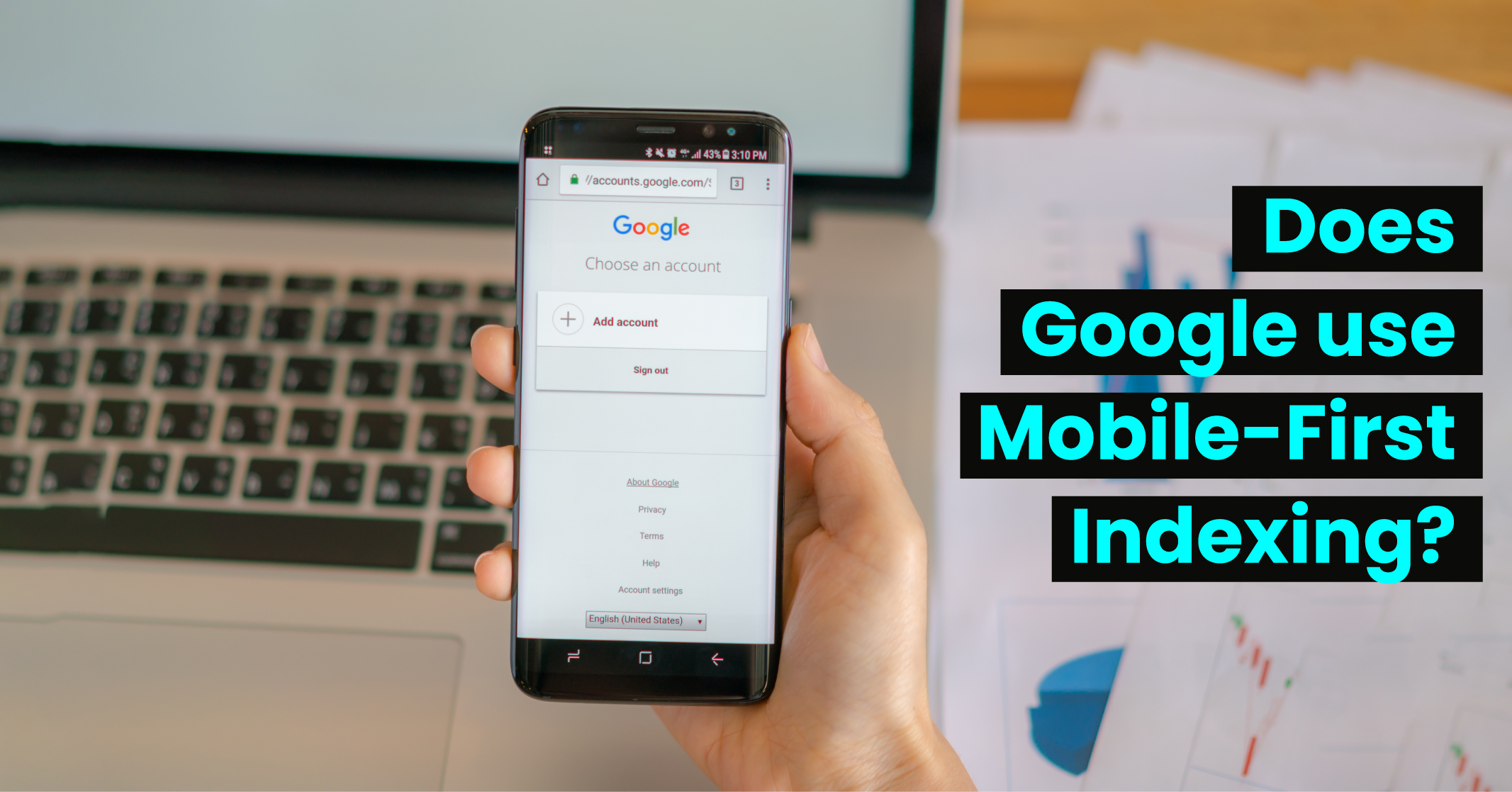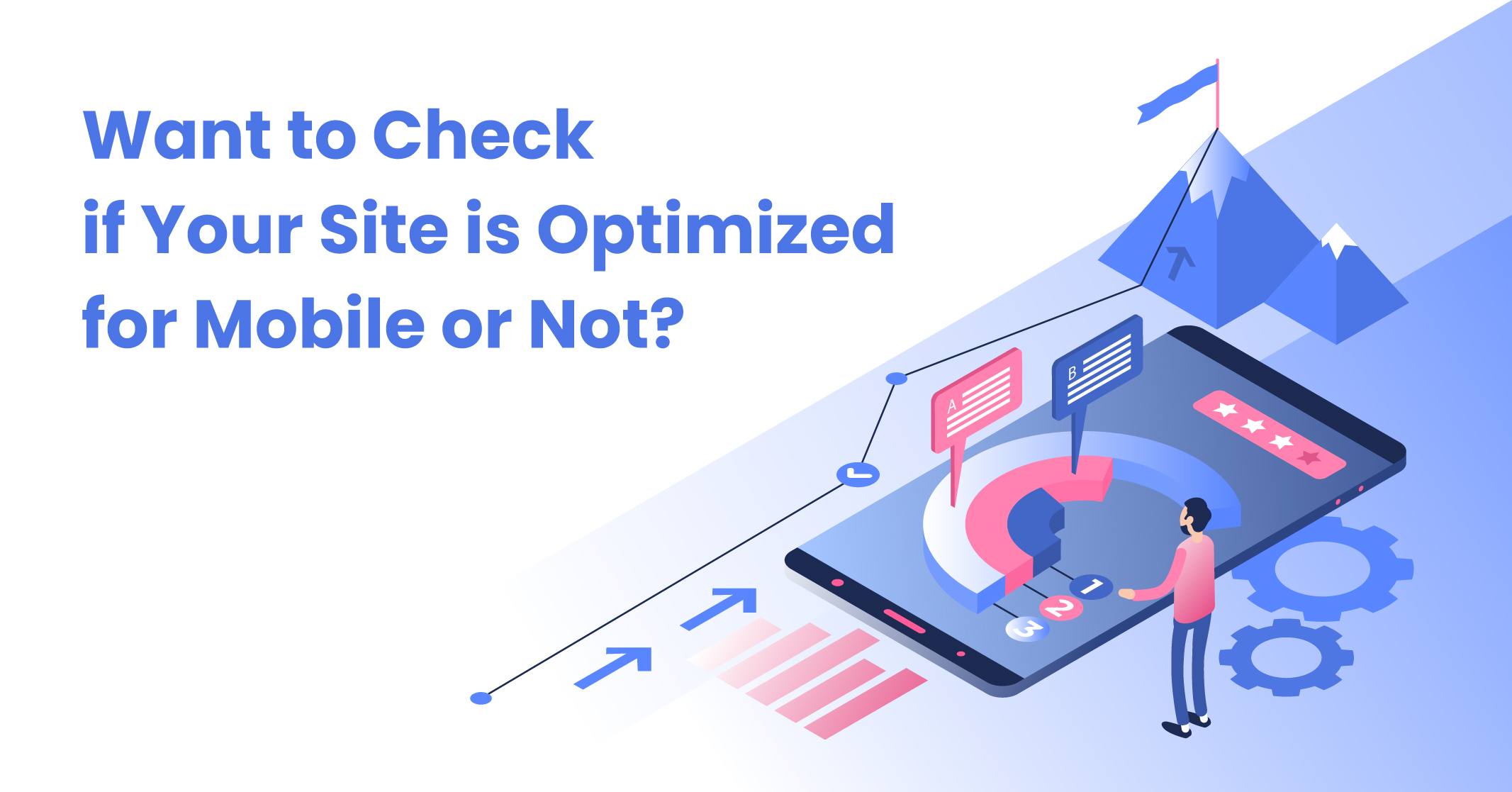I hope you enjoy reading this blog post.
If you want to get more traffic, Contact Us

Click Here - Free 30-Minute Strategy Session
Be quick! FREE spots are almost gone for this Month. Free Quote

With the increasing use of mobile devices to access the internet, mobile SEO has become an important factor for website owners to consider. Mobile SEO refers to the process of optimising a website for mobile devices, such as smartphones and tablets, to ensure that the site is user-friendly and accessible on smaller screens.
What is Mobile SEO?
Mobile SEO refers to the optimisation of your website for mobile devices such as tablets and smartphones. While desktop SEO shares many of the same best practices, it is important to prioritize the mobile experience as more and more people are using mobile devices for search. This involves:

Click Here – Free 30-Minute Strategy Session
Be quick! FREE spots are almost gone for this Month
This blog covers how to set up a mobile version of your site, optimise your site for mobile SEO and provide useful mobile SEO tips and best practices to get started.
Why It Is Important?
Mobile SEO is important because mobile devices are now the primary means of accessing the internet for many people. In fact, in many countries, mobile traffic now exceeds desktop traffic. This means that website owners must ensure that their sites are optimised for mobile devices if they want to reach the largest possible audience.
Key Benefits:
In addition to the increased use of mobile devices, search engines like Google have also made mobile-friendliness a ranking factor in their search algorithms. Unable mobile-friendly websites may therefore be penalised in search engine rankings, making it even more important to optimise for mobile devices.
Some best practices for mobile SEO include:
By following these mobile SEO best practices, you can improve your site’s mobile-friendliness and ensure your site is reaching the largest possible audience.
When it comes to local SEO, Google has adopted mobile-first indexing, which means that the mobile version of a website is predominantly used for indexing and ranking. Google does not have separate indexes for desktop and mobile versions of a website but prioritises the mobile version instead.
However, in search results, Google still shows the website that is most relevant to the user, regardless of whether it’s the desktop or mobile version. To ensure that your website is optimised for mobile users, it’s important to take action and implement mobile SEO practices.
There are three ways to make your website mobile-friendly, each with its own benefits and drawbacks.
A responsive design is the best option for mobile SEO because it is easy to use and maintain and provides a better user experience. However, if you choose to use dynamic serving or separate URLs, make sure to follow Google’s guidelines and properly set up your tags to avoid technical SEO issues.
Here are some tips to ensure that your website is mobile-friendly and optimized for search engines:

To determine whether your website is optimized for mobile devices, you can:

To understand the importance of mobile SEO, let’s take a look at some mobile SEO statistics:
These statistics highlight the importance of optimizing your website for mobile searches. If your website is not mobile-friendly or takes too long to load, you could be missing out on potential customers.
Mobile link-building strategies involve building links to your website that are relevant to mobile search. This includes building links from other mobile-friendly websites and using mobile-friendly anchor text. Traffic Radius can help you use various mobile SEO techniques so that you can improve your mobile SEO, optimize your anchor text for mobile devices and learn how to use share content on social media and build links from your social media profiles can help to increase visibility and attract more mobile users to your site.
To achieve online success, businesses must prioritise mobile SEO. By enhancing your website for mobile search, you can improve your rankings on search engines, offer a better user experience to your audience, and gain a competitive advantage. Follow the valuable tips mentioned in this blog to improve your mobile SEO performance and elevate your business to new heights.
Improve Mobile SEO with Long-Tail Keywords: Using long-tail keywords can be beneficial to rank higher in mobile search results. These keywords are more specific than short-tail ones and include phrases such as “best restaurants in [city]” or “cheap hotels near me”.Optimize with Local Keywords: Including local keywords in your website can help you rank higher in local search results. These keywords include your city or town name and other local terms relevant to your business.
Meta Descriptions for Higher Click-Through Rates: Optimizing meta descriptions with keywords and compelling descriptions can boost click-through rates, helping you attract more visitors to your site.
Mobile Link-Building Strategies: Effective link-building strategies for mobile SEO include building links from other mobile-friendly websites and directories in your industry. Using mobile-friendly anchor text that’s easy to tap on a mobile device can also help. Building social media links by sharing content and building profiles can also be beneficial.
Mobile SEO is the process of optimizing your website to rank higher in mobile search results. With the rise of mobile devices, mobile SEO has become increasingly important for businesses to reach their target audience. It involves optimizing your website’s design, content, and links to ensure that it is easily accessible and user-friendly on mobile devices.
Mobile-friendly design involves making your website responsive to different screen sizes and ensuring that it loads quickly on mobile devices. Optimizing for local search involves using location-based keywords and creating local listings to improve your visibility in local search results. Creating mobile-specific content involves designing content that is easy to read and navigate on mobile devices.

LEAVE A REPLY